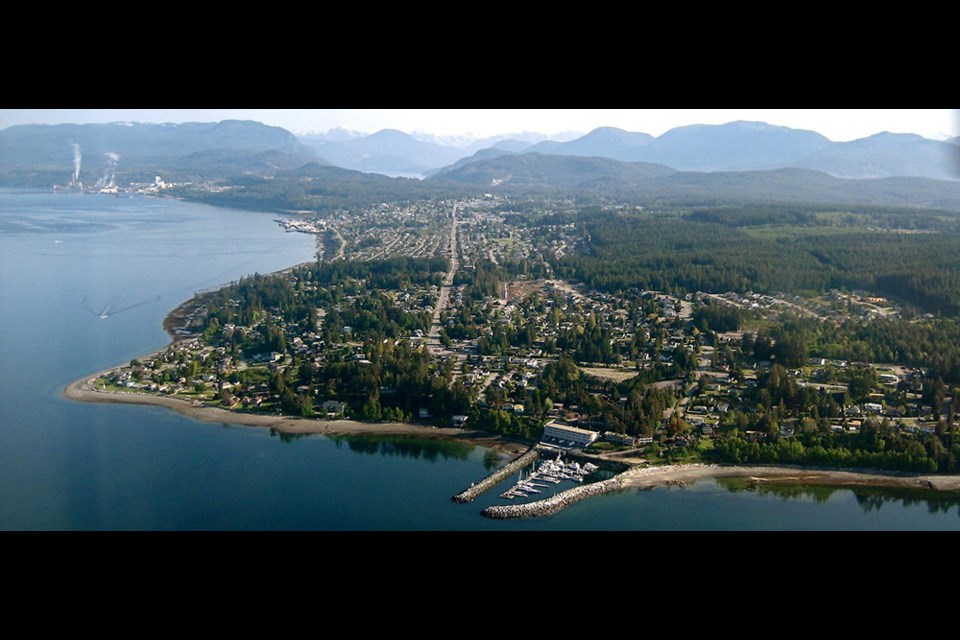Some of us may go about our daily lives taking for granted the place names we use to locate ourselves. Others may feel alienated from the names we see around us due to erasure of language, cultural practice and disconnection from the land.
Since time immemorial, Tla’amin people have been stewarding these territories, and place names across the lands and waters are evidence of a long and intimate history. The degree of place names as a component of Tla’amin vocabulary suggests a deep connection to land and reflects the area’s cultural significance. It is important to consider the histories of place names, appreciating where they come from, what they mean, and what they can teach us about our environment.
Tla’amin place names often describe the place on its own merits: what it resembles, what grows there, or what happens there. Place names may reflect significant historical events, creation stories and teachings on living in good relation with others and the land. Place names may act as mnemonic devices, embodying histories, spiritual and environmental knowledge, and the presence of seasonal resources.
Through colonialism, European settlers renamed many of these sites according to their language and social references, disconnecting Indigenous ways of interacting with, knowing and naming the land. Place names are vital to creating and maintaining national, state and provincial dominion.
The settler state’s goal has been and continues to be the possession of Indigenous territories and extinguishment of Indigenous languages, cultures and social structures. Colonial place names and mapping contribute to ongoing colonialism by encouraging the idea that settlers originate from the land and enabling dispossession through names that signify settler origins.
Comparing names
The original and colonial-era place names from across this region can be explored at powellriver.ca/pages/photo-history-of-powell-river. Comparing these place names reveals the different worldviews of Tla’amin peoples and European settlers.
In European tradition, places are often named after people showing different beliefs about time, legacy and mortality. Colonial place names reflect what was important to settlers, who named places after monarchs or saints, reused surnames of influential families or names of meaningful places in Europe. Sometimes settlers created French or English versions of Indigenous place names (anglicized or corrupted).
European worldview sees land and resources as something to tame, dominate and exploit (commodity, progress, development). Tla’amin ancestral beliefs, in contrast, are characterized by responsibility to the land and territory as living things and centres on reciprocity.
Colonial place names were created by and for settlers, without considering First Nations who have stewarded the land since time immemorial. These names continue to define nation-states, privilege settler culture and conceal alternative worldviews.
There is a strong connection between reestablishing Indigenous place names and the revitalization of Indigenous languages and cultures. Renaming holds the potential to acknowledge Indigenous history, celebrate Indigenous resilience and move forward together in a spirit of reconciliation. But to do so effectively, we must recognize the legacy of dispossession rooted in naming; we must become willing to confront our society’s imperial and colonial contemporary.
Take advantage of the resources available in the September 29 issue of Midweek Peak: to pursue an understanding of place-based relationships and ongoing impacts of settler colonialism; to learn of Indigenous peoples’ roles in and relations to place, the way Indigenous people perceive and interact with the entire dynamic community of place; and, to learn how to become humble, respectful and allied elements of the places we share.
One small part of reconciliation is to respect Tla’amin’s priority on place names according to oral history and language.





